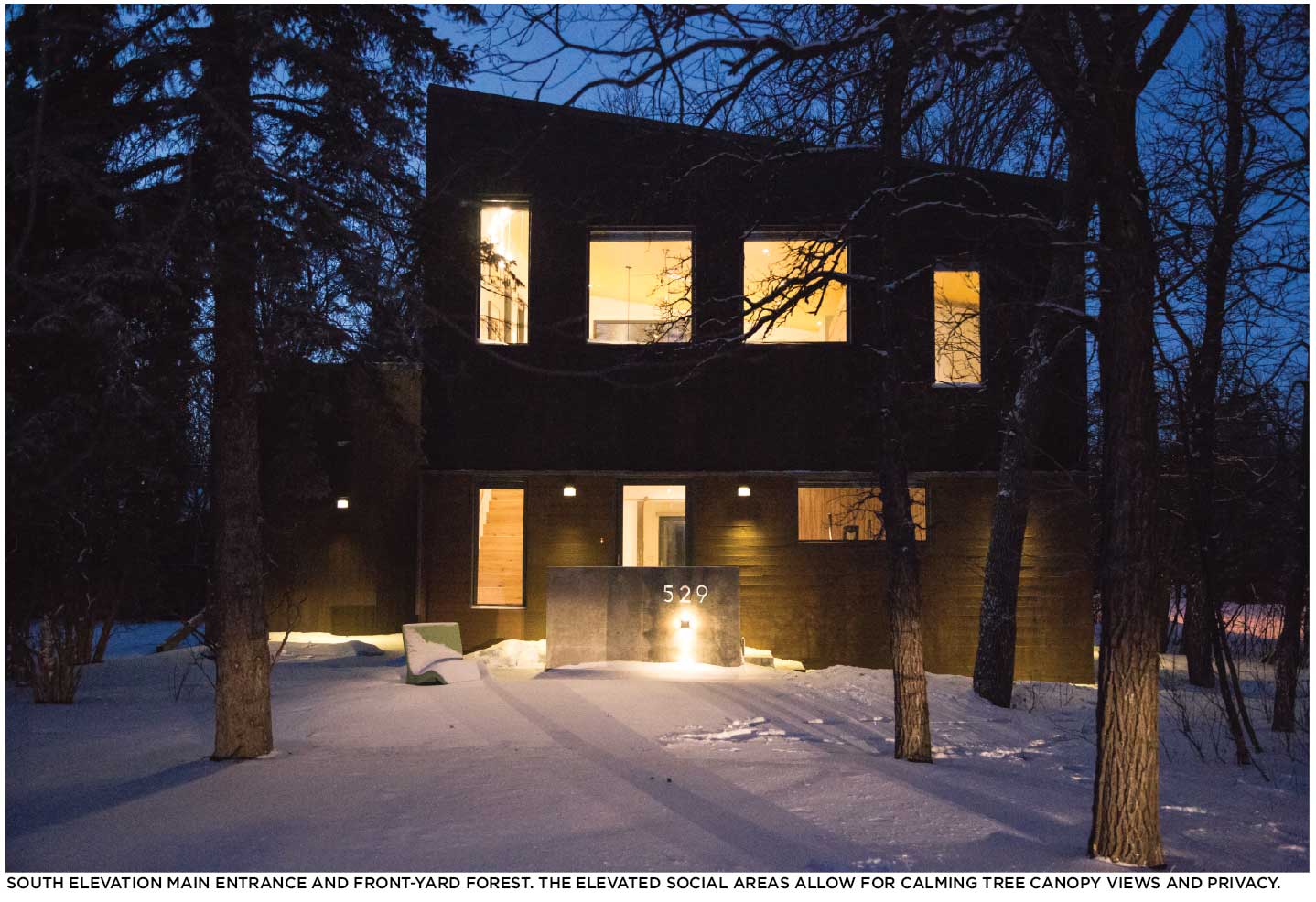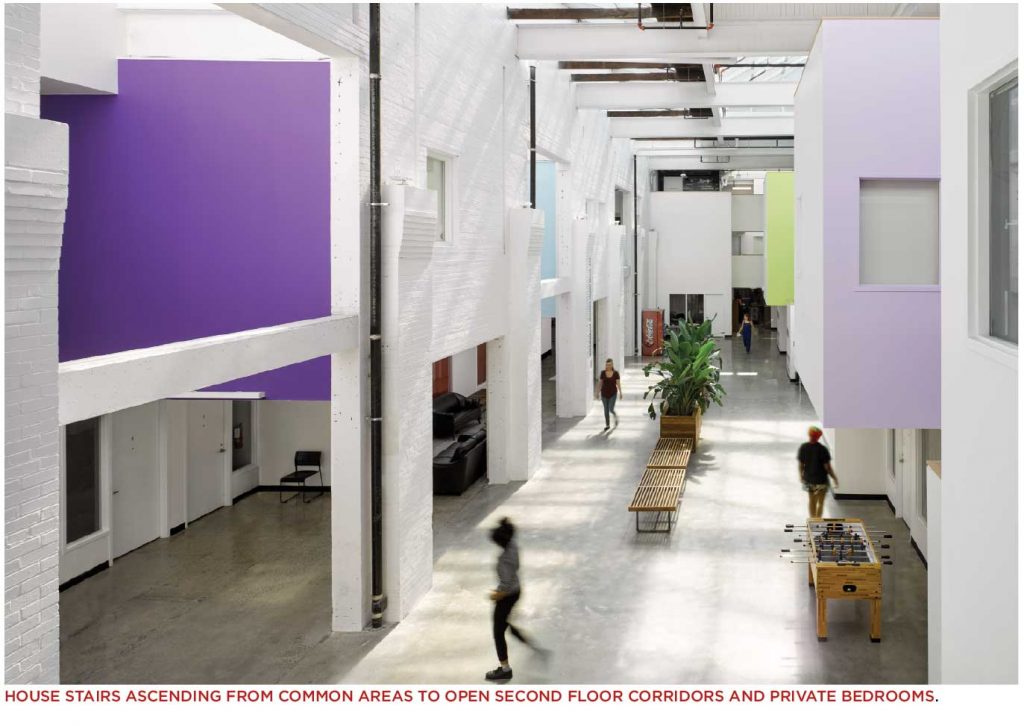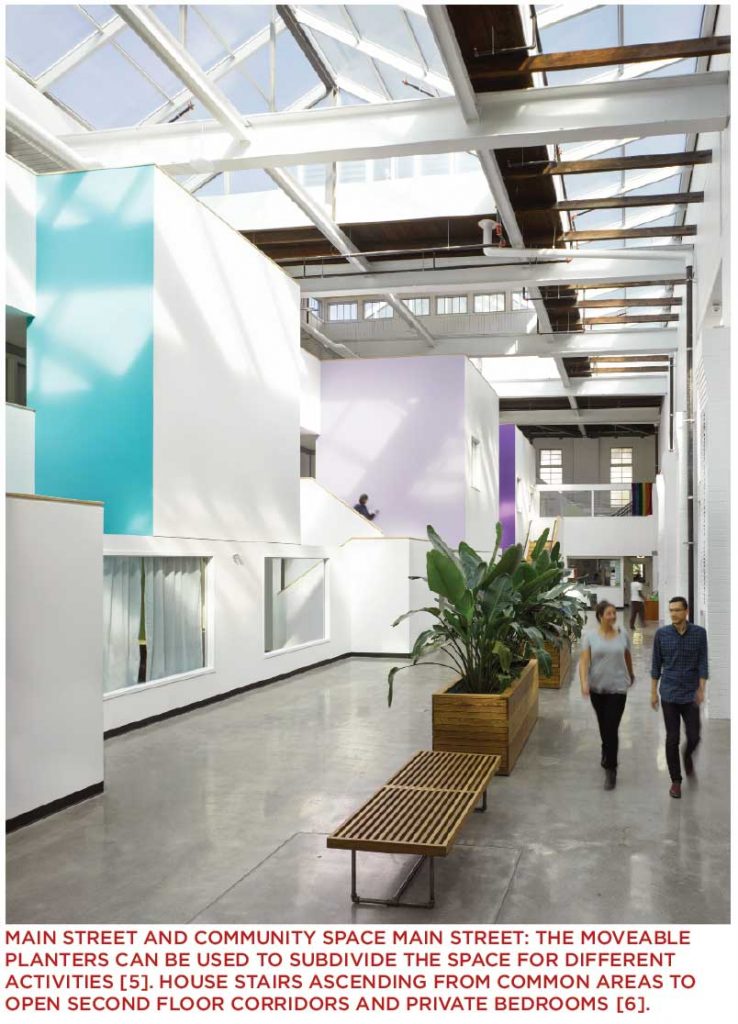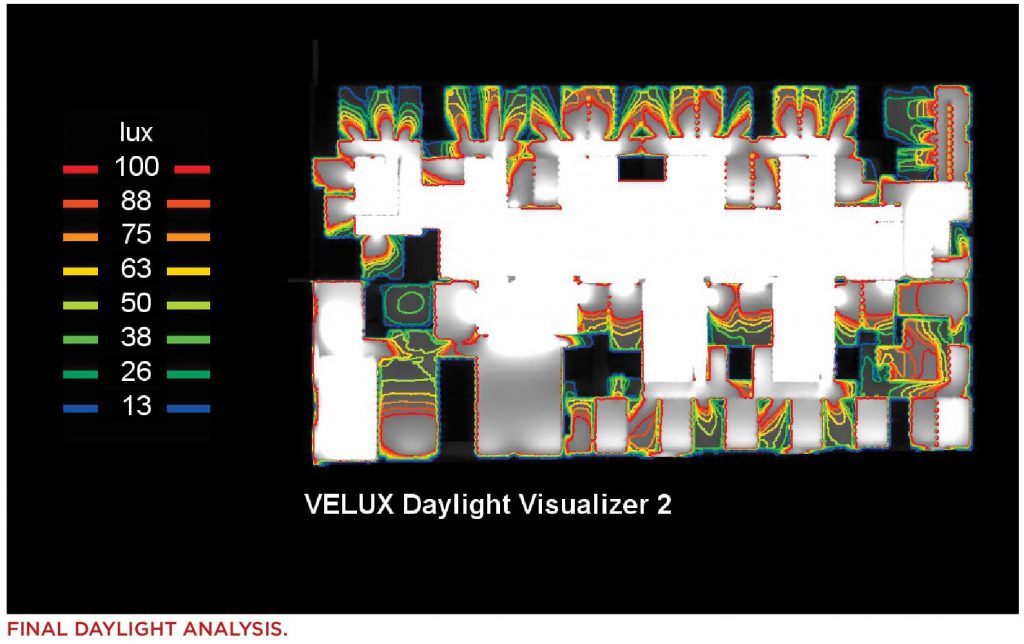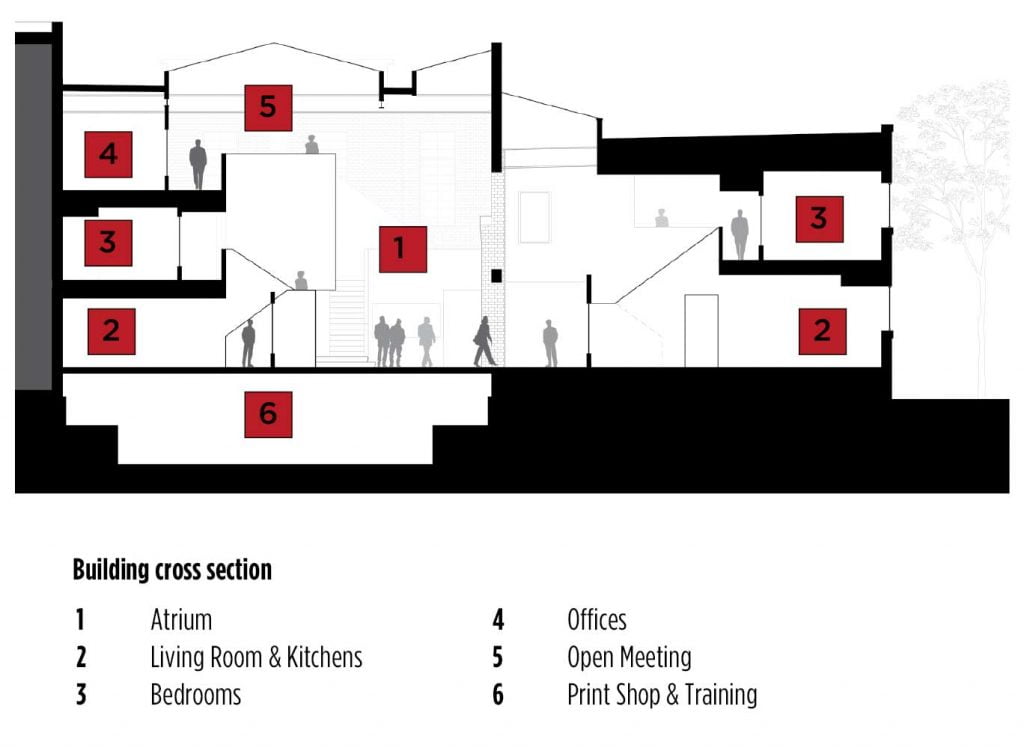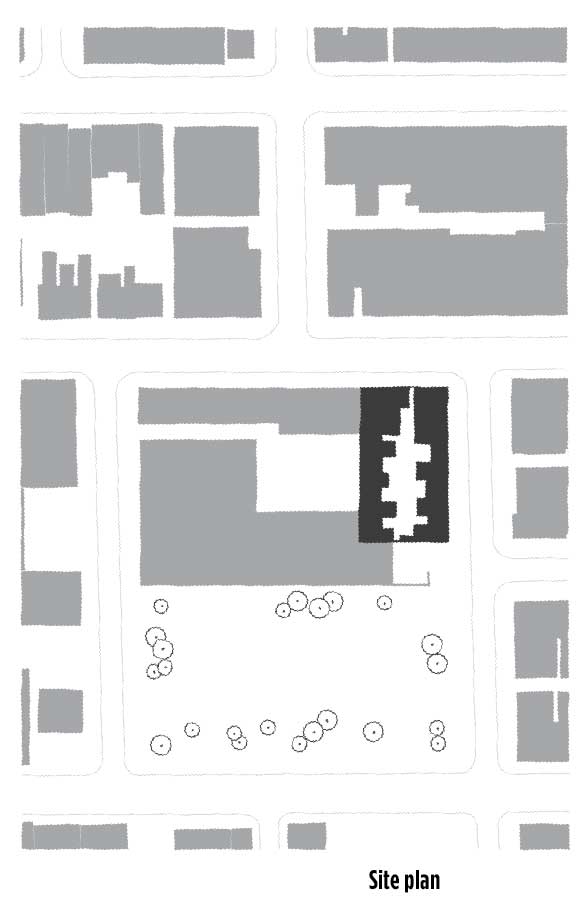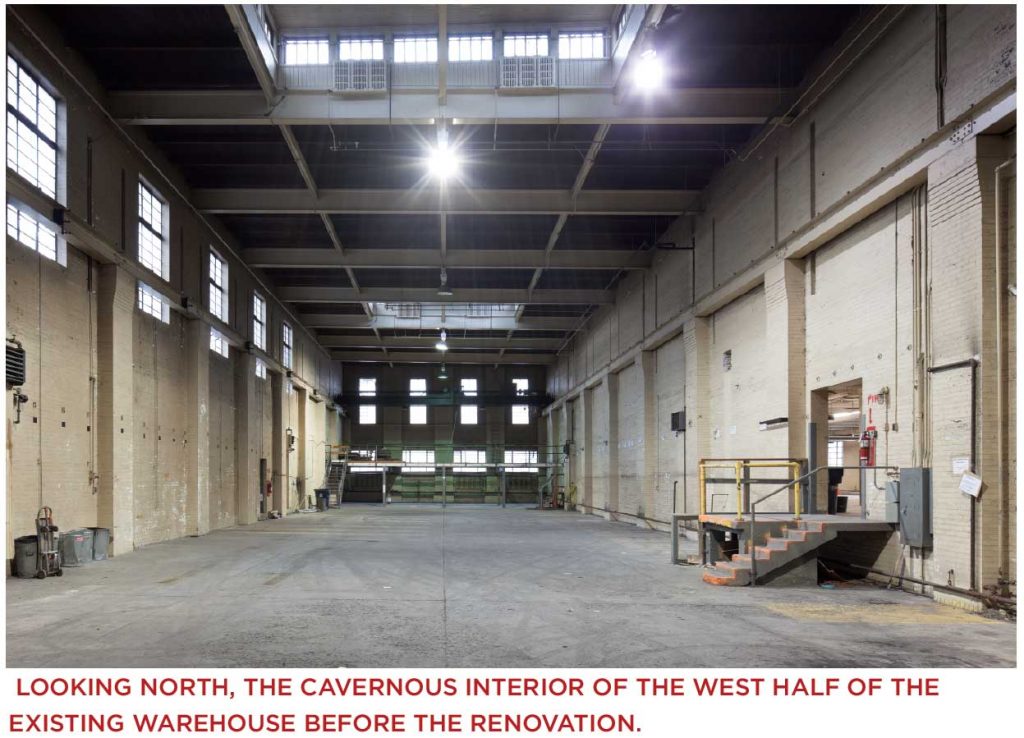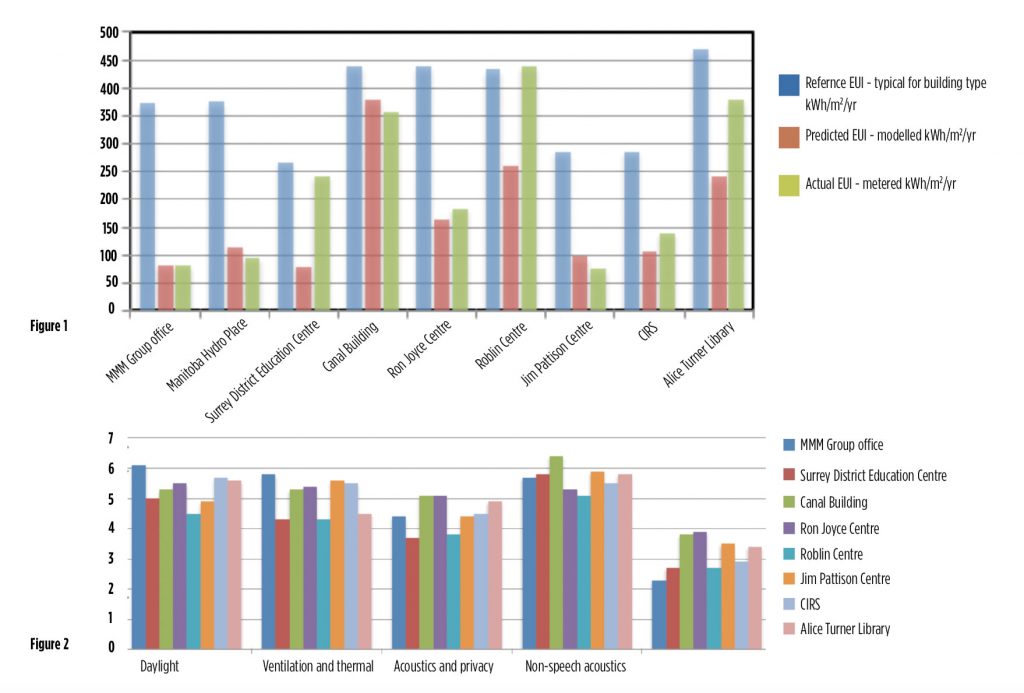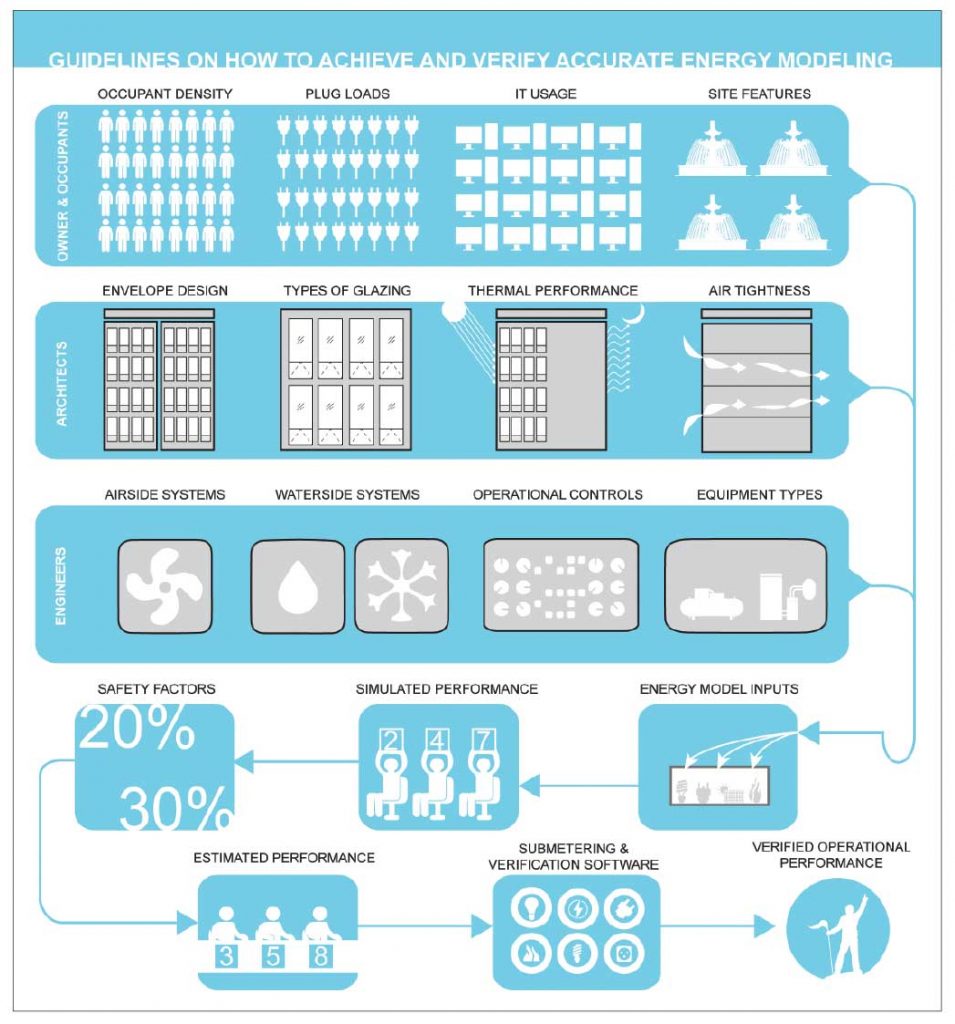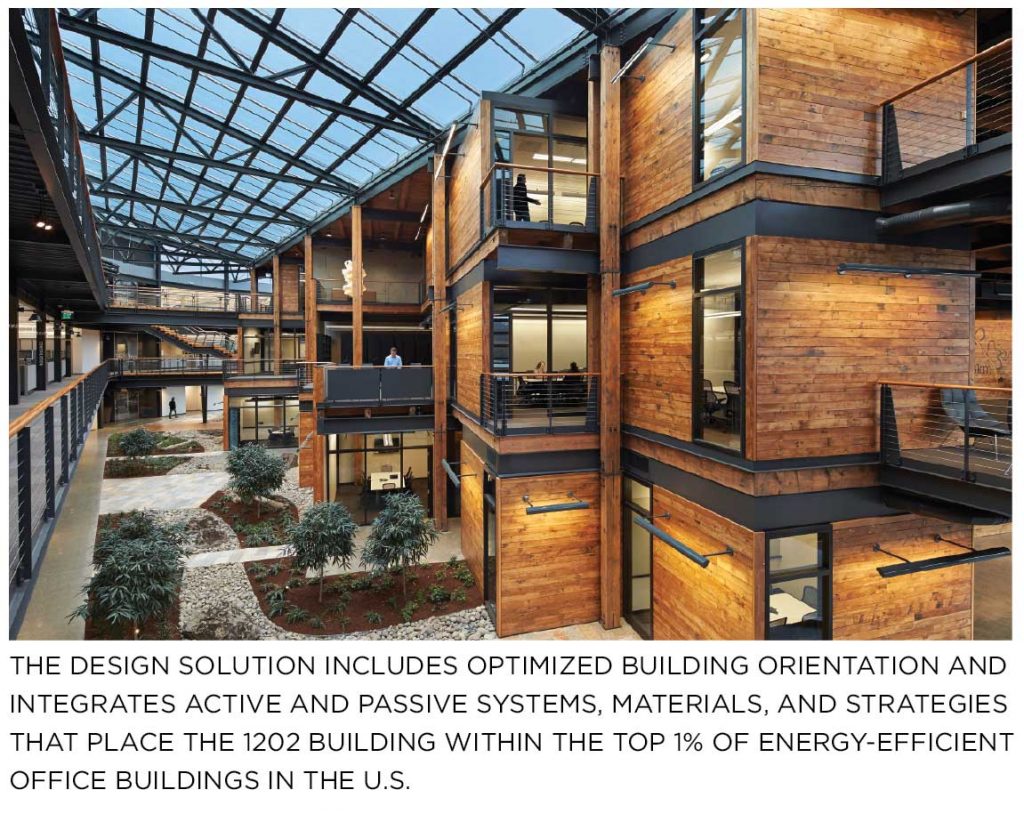Integrating envelope design, heat pumps, energy storage, renewables

By Chris Flood
Multi-Unit Residential Buildings (MURBs) occupy a critical place in Canada’s urban decarbonization strategy. These high-density residential forms are growing rapidly in every major city and represent a large share of new construction floor area. They also embody a paradox: MURBs can be more energy-efficient per capita than low-rise housing, yet their dependence on centralized heating and cooling systems, complex envelope geometries, and dense electrical loads present substantial challenges to achieving net-zero performance.
Against this backdrop, energy simulation is evolving from a compliance exercise into a design intelligence tool. For decades, simulations were deployed at the end of design – largely to demonstrate NECB or ASHRAE 90.1 compliance to regulators. Today, forward-looking design teams are integrating simulation from the earliest concept stages. This transition is enabling more robust decision-making around electrification, heat pump system selection, code compliance, and carbon reduction strategies.
This article explores the shift in the role of simulation, the pathways for electrification in MURBs, and how integrated modelling is helping teams navigate code complexity, manage grid impacts, and deliver projects that balance cost-effectiveness with sustainability.
From Compliance Tool to Design Intelligence
Historically, simulation models were “back-end” tools. A building was designed, and then a model was created to prove that it complied with minimum standards. The process was often siloed, with little feedback between the energy model and the architectural or mechanical design.
That paradigm is changing. Several factors are driving this evolution:
1. Code escalation: NECB 2020 introduces tighter envelope and system requirements. Provincial frameworks such as the BC Energy Step Code and the Toronto Green Standard demand not just compliance, but tiered performance improvements.
2. Electrification pressure: Cities and provinces are phasing out fossil-fuel-based heating, forcing design teams to compare heat pump strategies head-to-head.
3. Carbon accounting: Owners and regulators are increasingly prioritizing greenhouse gas intensity over raw energy use.
4. Grid constraints: Utilities face strain from coincident heating loads during cold snaps, making demand-side management and load shifting critical.
In this environment, simulation is being leveraged iteratively and strategically. Models are now decision-support engines, allowing engineers to test design concepts before they are fixed, explore alternative technologies, and quantify lifecycle cost and carbon outcomes.
Reducing Design Heating Loads:
The First Lever
A key insight from simulation-driven design is that load reduction often trumps system efficiency. A poorly insulated or leaky envelope forces even the best heat pump to work harder, inflating equipment sizes and utility bills.
Strategies to Reduce Heating Loads
1. Envelope Optimization:
- High-performance glazing with low U-values and tuned solar heat gain coefficients (SHGCs).
- Continuous insulation strategies to minimize thermal bridging.
- Airtightness testing and detailing to reduce infiltration.
2. Internal Loads Management:
- High-efficiency appliances and LED lighting.
- Smart zoning and control strategies to avoid over-conditioning unoccupied spaces.
Getting MURBs to Net Zero: The Expanding Role of Energy Simulation in Design: Integrating envelope design, heat pumps, energy storage, renewables. One heat pump product, the Nordic W Series Commercial heat pump is a geothermal water-to-water system engineered for large buildings. Designed for radiant in-floor heating and fan coil coilin, this heat pump offers capacities from 9 to 81 tons and supports open or closed loop configurations with reversible heating and cooling and integrated phase protection.
Chris Flood, a mechanical engineer with more than 20 years’ experience within the building services industry, is vice president, Canada, for IES.
SUBSCRIBE TO THE DIGITAL OR PRINT ISSUE OF SABMAGAZINE FOR THE FULL VERSION OF THIS ARTICLE.



